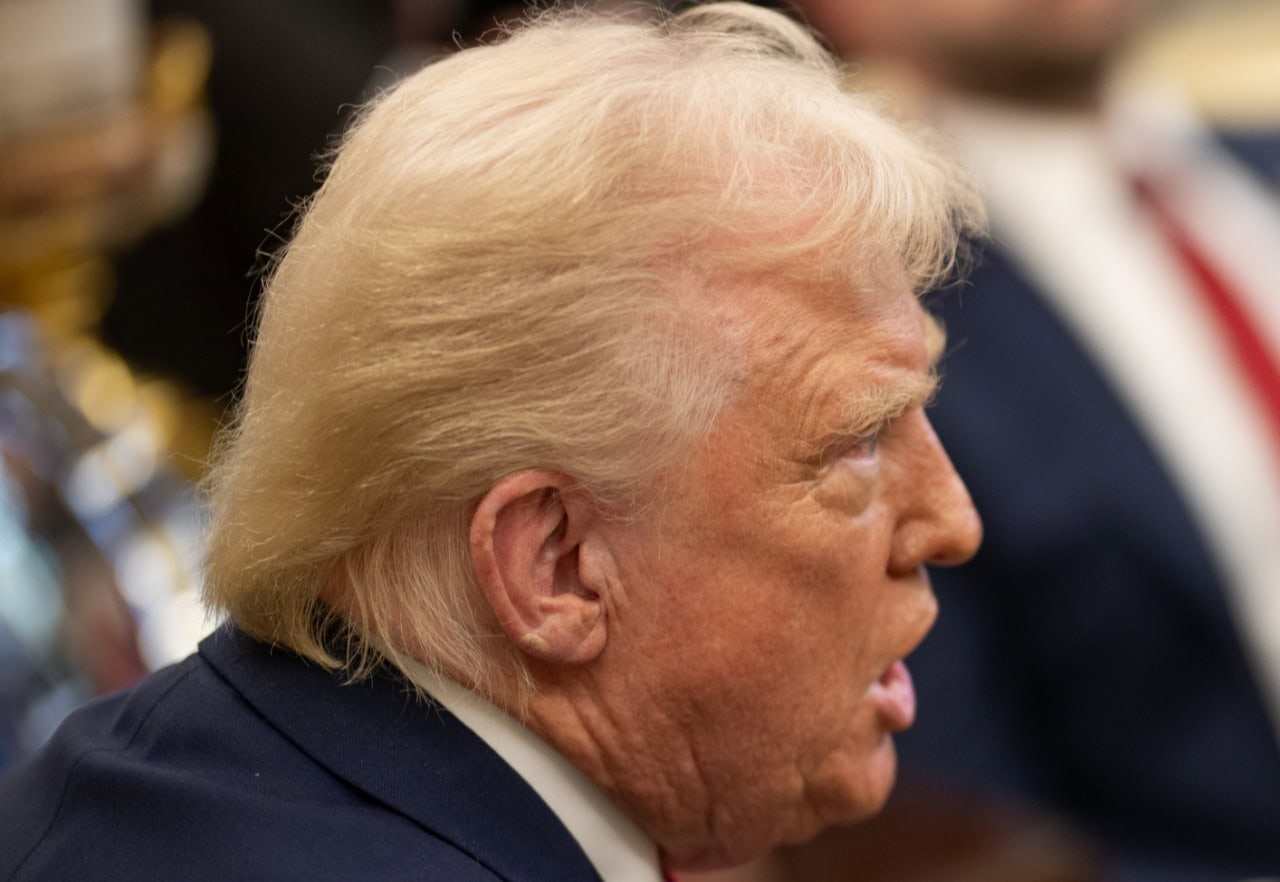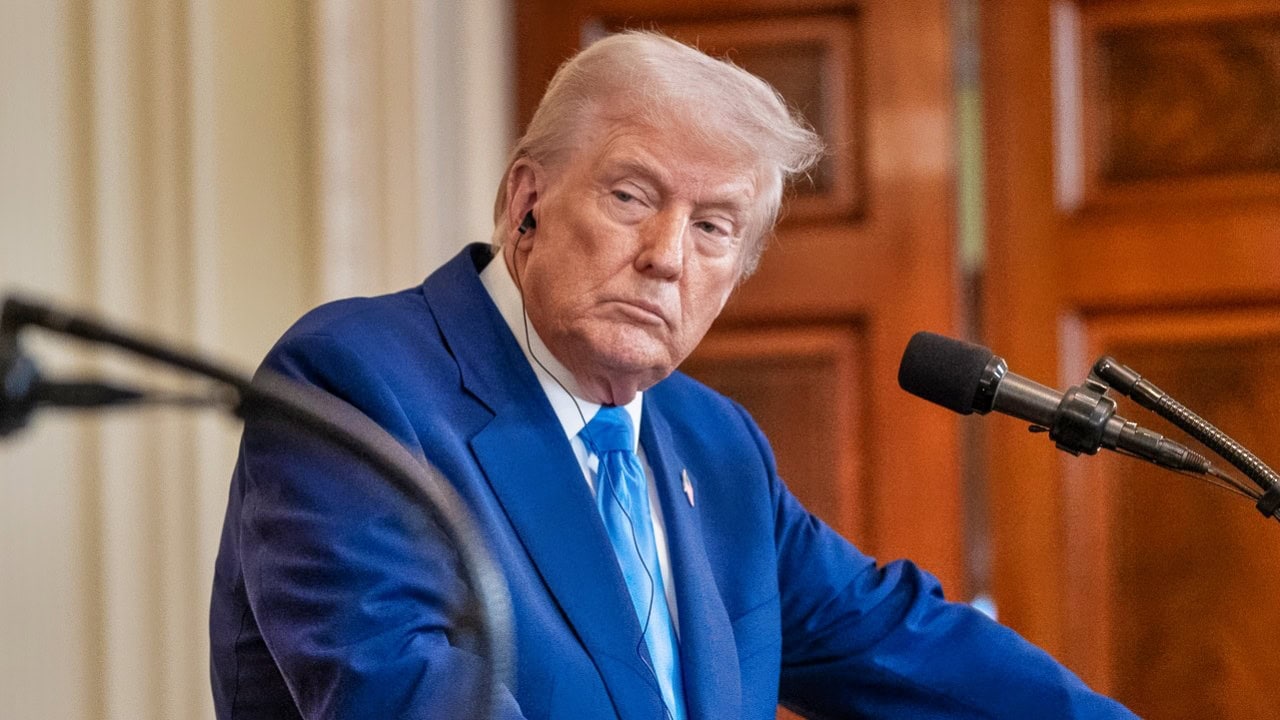Underlying Donald Trump’s 2025 ‘sort of’ State of the Union address (technically, it was a speech to a joint session of Congress) – delivered against the backdrop of the epochal shift from the unipolarity of the post-Cold War era to the multipolarity of today – clearly reflected the “sovereigntist” geopolitical philosophy that has increasingly defined his foreign and defense policy.
While critics were quick to pounce on specific policy statements – especially regarding Ukraine, tariffs, and America’s alliances – those critiques missed the proverbial forest for the trees. Trump’s address was not a random collection of populist talking points; it was the articulation of an increasingly relevant, if not yet fully evolved, approach to U.S. foreign and defense policy, one that prioritizes American sovereignty, strategic restraint, and economic nationalism.
Trump’s Idea: Less War, Economic Nationalism
At the heart of Trump’s geopolitical vision is the concept of “sovereigntism,” a worldview that challenges the post-Cold War consensus of liberal internationalism – a consensus that saw the U.S. trying in vain to police and uphold a “rules-based international order” that has been in terminal decline for some time now. Rather than seeking to sustain this order as an end in itself, Trump’s strategic jumping off point is this: “Does this policy serve America’s core national interests?” His address returned to this theme again and again. On Ukraine, he reframed the debate from one of moral crusade – democracy versus autocracy – to one of interest-based strategic calculation.
While expressing continued support for Ukraine’s war effort, Trump made clear that his administration would not keep issuing “blank checks” to Kyiv. He also made it clear that European nations must take primary responsibility for European defense.
His comments reflect the broader sovereigntist vibe that has begun to reshape the strategic “common sense” in American foreign policy circles – a vibe that eschews idealistic interventionism and embraces a more prudent and restrained U.S. grand strategy. A corollary of this vibe-shift is an insistence that America’s friends and allies contribute more to maintaining a stable balance of power around the globe.
The same sovereigntist logic was on display in Trump’s comments on trade. The president’s announcement of new tariffs and trade restrictions – aimed not only at China but at Canada, Mexico and indeed all the nations of the globe as well – have already provoked accusations of protectionism. But Trump’s case is not merely about balancing trade or winning concessions at the negotiating table. It is about rebuilding America’s industrial base as a matter of both national and economic security.
Trump’s economic nationalism is a direct challenge to the neoliberal common sense that has underpinned U.S. policy for decades – a model that, in his view at least, has eroded America’s manufacturing base, enriched China, and left the United States’ global supply chains susceptible to politically motivated disruptions.
On defense policy, Trump’s address also reflected this sovereigntist vibe. His call for greater investment in missile defense, naval revitalization, and border security was not framed in the language of upholding the rules-based international order or promoting alliance solidarity.
Rather it was expressed in terms of securing the American homeland. His push for a more self-reliant strategic posture, especially in the Arctic and the Pacific, dovetails with his broader critique of neoconservative and liberal internationalist orthodoxies – orthdoxies that, he argues, have resulted in the deployment of U.S. troops and the expenditure of American taxpayer dollars in the service of ungrateful allies and failing international institutions.
Is This Isolationism?
His critics – and they are legion, both within and beyond the United States – have already begun to accuse Trump of that most heinous of heinous sins: isolationism. But that is a profound misreading of his strategic vision. As I have argued elsewhere, sovereigntism is not isolationism – a term that has almost always been deployed, not as a serious and grounded critique, but as a ideological bludgeon intended to deride and discredit strategic views other than whatever neoconservative and liberal internationalist orthodoxies are currently prevalent. Trump’s sovereigntism does not reject alliances; rather it reframes them.
Rather than seeing such arrangement as quasi-permanent commitments that inevitably take on the aura of unquestionable moral obligations, he sees them as transactional arrangements that must be periodically recalibrated to ensure that they advance U.S. interests. This was on clear display in his remarks on NATO, in which he called for European nations not only to meet their agreed defense spending obligations, but to assume the primary responsibility for upholding European security in order to allow the U.S. to devote more attention and resources to pressing and growing threats to U.S. interests in the Pacific and the Arctic.
Unsurprisingly, the reaction to Trump’s speech has been polarized. His critics hear dangerous echoes of “America First” isolationism – of course they do – while his supporters predictably hail it as a return to prudent and restrained realism.
But perhaps rather than falling prey to this polarized and juvenile tribalism a better take would be to grasp the impulses motivating Trump and to recognize that in fact he is promoting a strategic vision that is both new and old – a vision that is grounded in the realist tradition of American foreign policy, a vision that is devoid of the ideological fervor that marked both the neoconservative and liberal internationalist grand strategies of recent decades.
The president’s sovereigntist vision is in reality nothing more or less than a blend of strategic restraint and hard-edged nationalism, a blend that aims to rebuild American strength at home as a prerequisite for projecting power abroad when it advances core U.S. national interests.
Donald Trump’s Manifesto to the World
At the end of the day (both literally and metaphorically), Trump’s State of the Union was more than merely a speech – it was a manifesto for a sovereigntist American grand strategy. It offered a vision of a United States that is engaged with the world, but one that is neither a moral crusader nor a geopolitical hegemon.

President Donald Trump greets President Volodymyr Zelensky of Ukraine, Friday, February 28, 2025, in the West Wing Lobby. (Official White House Photo by Daniel Torok)
Whether or not one agrees with this vision or the specific policies that flow from it, it is a vision that deserves to be understood on its own terms, not merely as the inchoate ravings of a madman but as a coherent, if not yet fully evolved, philosophy of statecraft.
About the Author: Dr. Andrew Latham
Andrew Latham is a non-resident fellow at Defense Priorities and a professor of international relations and political theory at Macalester College in Saint Paul, MN. Andrew is now a Contributing Editor to 19FortyFive, where he writes a daily column. You can follow him on X: @aakatham.

